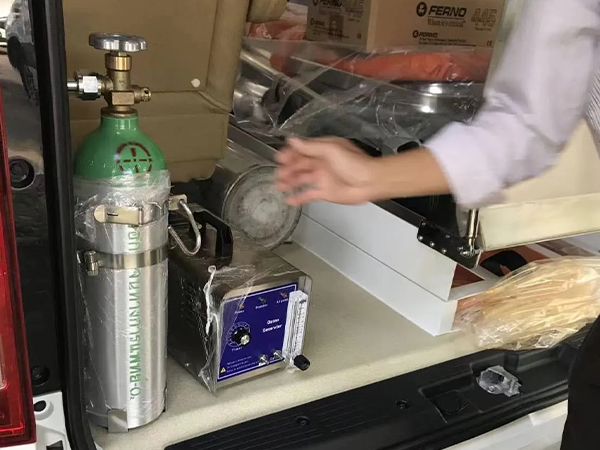
Portable ozone generator

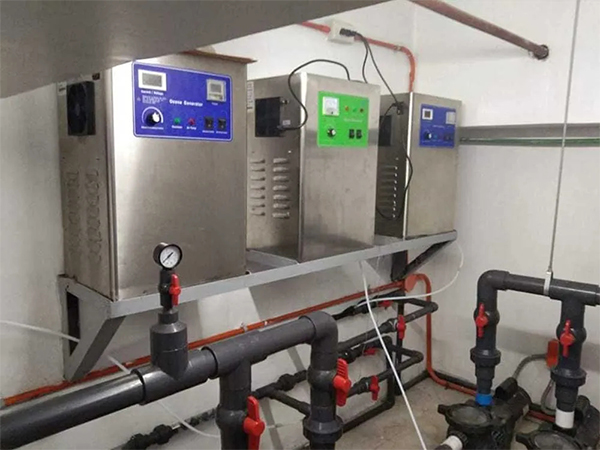
The ozone generator installation needs to follow certain installation rules. You should pay attention to avoid situations that may cause the ozone generator to malfunction. Accurate installation procedure allows the ozone generator to be put into operation quickly, improving production efficiency. We have organized a comprehensive installation process for your reference to ensure proper installation.
Please ensure that the ozone generator is installed in a proper location, without causing interference to the normal operation of the equipment and the surrounding environment. Also, do not install the equipment in flammable or explosive areas, and maintain good ventilation around the equipment.
Portable ozone generator and vertical ozone generator. To ensure that ozone can be evenly distributed throughout the entire treatment area, typically, these ozone generators are installed in the center of the space or in multiple corners to help achieve a more uniform distribution.
Wall-mounted ozone generator. It is usually recommended to install the wall-mounted ozone generator at a height of about 1.8–2.2 m above the ground, which helps ozone to mix better with the air and improve purification efficiency.

Portable ozone generator
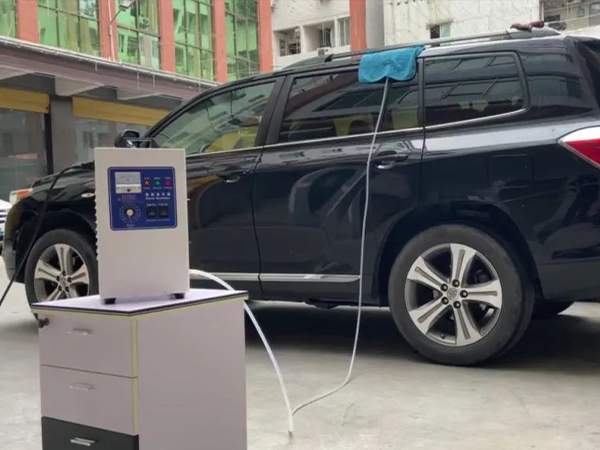
Vertical ozone generator
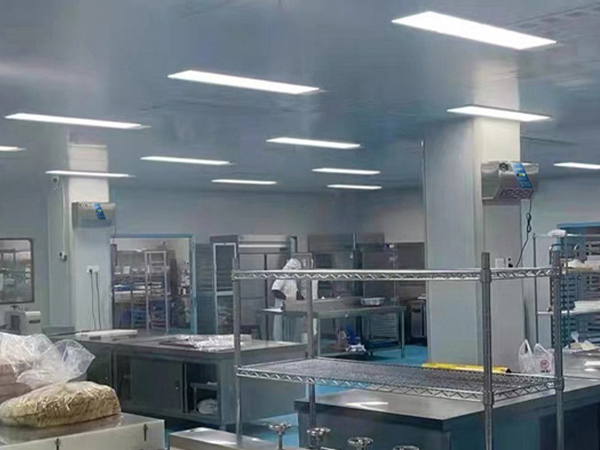
Wall-mounted ozone generator
Usually used in conjunction with mixing pumps and tanks, they are installed near the water treatment areas to reduce ozone delivery distance and potential ozone loss.
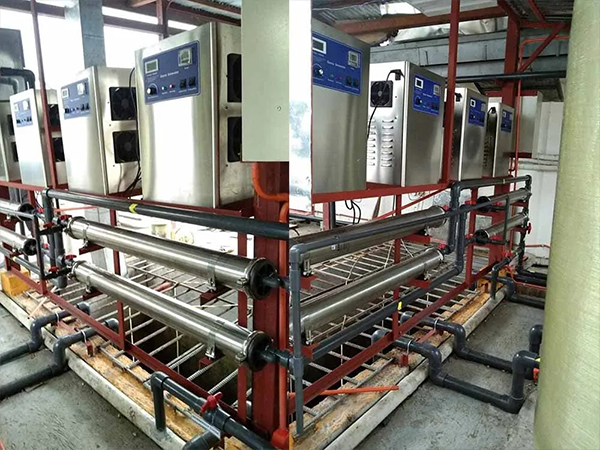
Ozone generator for sewage treatment
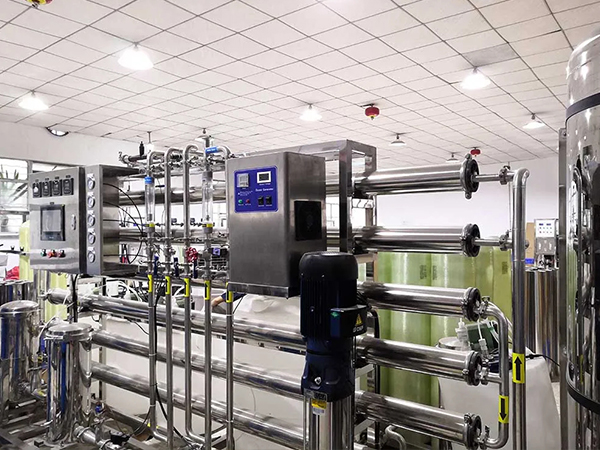
Ozone generator for water treatment
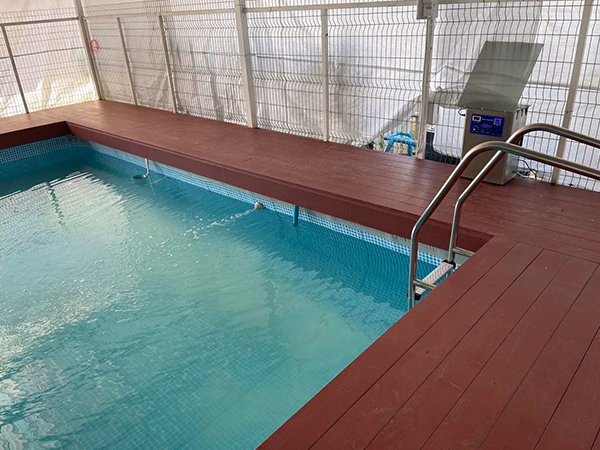
Ozone generator for pool water disinfection
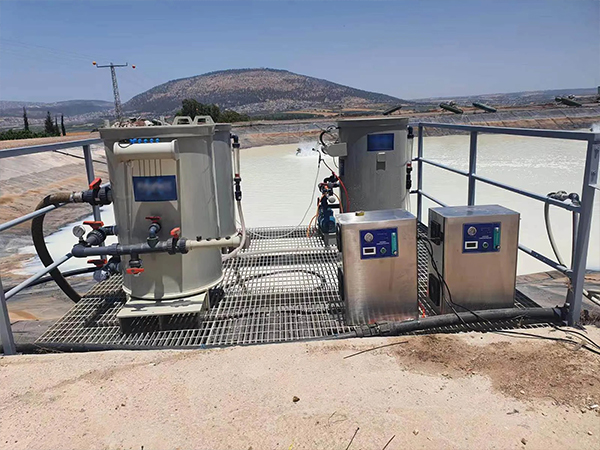
Ozone generator for aquaculture
You may choose a proper location for installation according to the actual application conditions, for example, in swimming pool facilities, it can be installed near the pool and air conditioning systems.
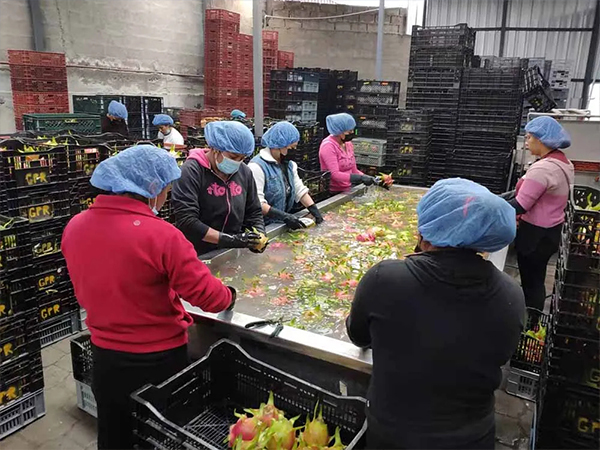
Ozone generator for fruit washing
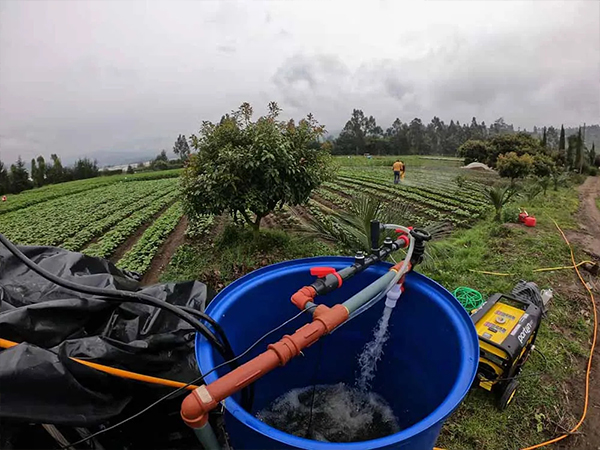
Ozone generator for agricultural irrigation
Ventilation duct. Introduce the ozone generated by the ozone generator into the air duct of the central air conditioning system, use the air in the space to transport ozone to the workshop or workshop that needs disinfection, and then send it to the clean area. Or directly add ozone to the sterilization space, disperse ozone in the clean area through multi-point design.
Kitchen fume duct. Generally installed in a wall-mounted manner, just simply connects the ozone outlet pipe to the fume duct. The ozone generator is better installed with an electrostatic filter before installation.
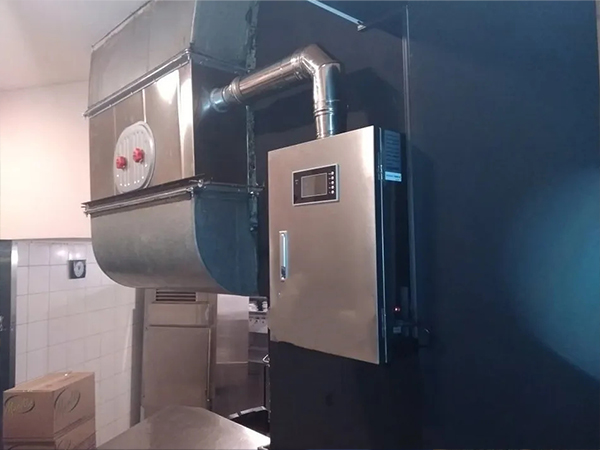
Ozone generator installed in ventilation ducts
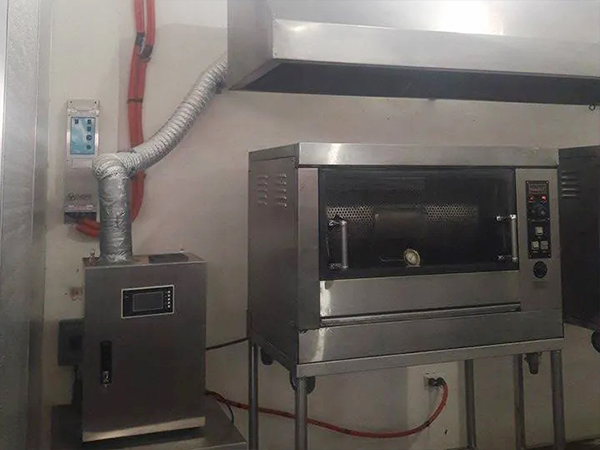
Ozone generator installed in kitchen fume ducts
Properly connect the ozone generator to the power supply to ensure the equipment operates correctly. Before connecting to the power supply, ensure that the voltage and frequency match between the equipment and power supply, and adhere to relevant electrical safety regulations.
According to the user manual or the characteristics of the equipment, correctly set the parameters of the ozone generator to meet the user's needs. Please ensure the accuracy and reasonableness of the parameter settings to avoid excessive ozone production or too low ozone concentration.
After completing the installation steps, perform a test run of the equipment. Through the test run, you can further verify the normal operation and effectiveness of the equipment, and make adjustments and optimizations if necessary.
Precautions for Ozone Generators